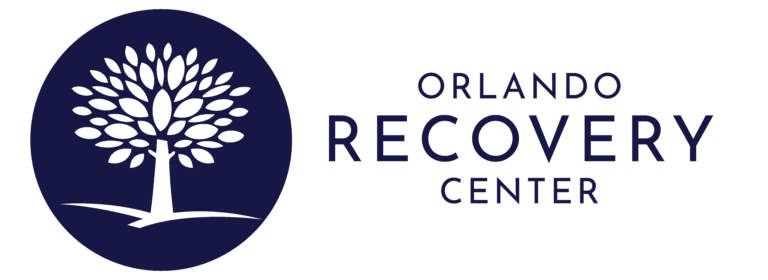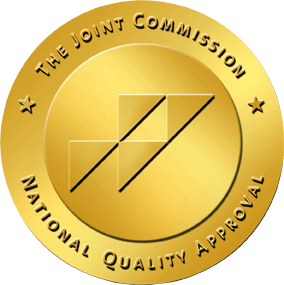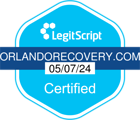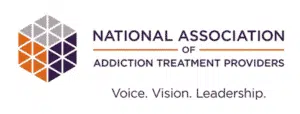The reasons why someone begins to use drugs are too numerous to count. Some start because of peer pressure. Others because of stress. Still, others start out of curiosity. For every addict in the world, there is a uniquely personal reason they began using their substance of choice.
However, there are an equal number of reasons to get sober and stay sober. Some are as personal to addicts as their reasons for using, but others are more universal. Nine of those are listed here if you need some inspiration to get sober or to assist you with a battle against temptation or difficulty.
Reasons to get and stay sober
Trouble with school and/or work
Prolonged marijuana and alcohol use reduces the chances of graduation from both high school and college. Additionally, women who use drugs enter the workforce later than women who don’t. In general, drug use can lead to workplace theft and distraction from the job due to thinking about using or getting drugs. Marijuana users alone experience accidents at work at a 55% higher rate than non-users, as well as 85% more injuries and 75% more absences.
Lower income and higher welfare dependence
All of the above drug-related school and work issues can lead to smaller paychecks than non-users. For example, the National Bureau of Economic Research has shown that people who invest more in their education also make more money. Drug users are also two and half times more likely than non-users to have absences of eight or more days, which can result in a loss of over a quarter months earnings for each instance. Because of drug-related physical and mental health problems, addicts can be rendered unable to work, relying on welfare to survive.
Treatment Can Be Life Changing
Whether you are struggling with addiction, mental health or both, our expert team is here to guide you every step of the way. Don’t wait— reach out today to take the first step toward taking control of your life.
Issues in relationships with family, friends, and romantic partners
Relationships between addicts and non-addicts tend to be shorter and less fulfilling than when neither partner is an addict. The loved ones of drug abusers can lose trust in the addict due to unpredictable behavior.
Additionally, children of addicts are more than twice as lucky to suffer physical and/or sexual abuse at the hands of their parents. The risk heightens when both parents are addicts.
Memory problems
According to the National Institute on Drug Abuse, chronic marijuana use during adolescent years has been proven to lead to an irretrievable loss of IQ points. Use at any age can affect memory and concentration for days or weeks after the high wears off. The severity of the memory troubles depends on how often the addict uses the drug, but memory is affected regardless. The long-term use of inhalants has also been linked to memory loss.
Instances of infectious disease
Drug use can lead to decreased inhibition and increased unprotected sexual activity, which, in turn, increases the risk of sexually transmitted infections (STIs). When it comes to injectable drugs, sharing needles can also increase the risk of HIV/AIDS and other illnesses.
Serious physical health problems
Substance abuse can have several negative health consequences, such as the following:
- Ecstasy and inhalants can cause heart and liver issues.
- Inhalants can also cause lung and kidney problems.
- Methamphetamines can cause dangerous amounts of weight loss.
- Prescription drug abuse can result in seizures.
- Cocaine and other stimulants increase heart rate and blood pressure.
- Inhalants can cause an inability to smell or hear as well as brain atrophy. Depending on the circumstances, these effects may or may not be reversible.
New instances of mental illness
Studies have shown that regular users of marijuana are three-and-a-half times more likely to have any psychiatric diagnosis and nearly four times more likely to have a depressive disorder. Marijuana users are also more likely to live with schizophrenia, and experience paranoia and hallucinations.
Methamphetamine use can lead to depression, paranoia, hallucinations, and anxiety. Cocaine can cause anxiety, depression, panic attacks, hallucinations, and paranoia. LSD has been shown to cause hallucinations, paranoia, anxiety, and self-harmful behaviors. The risk of suicide is greatly heightened in PCP users. They may also experience paranoia and anxiety.
Additionally, substance abuse can often bring other mental illnesses to light, resulting in co-occurring disorder.
Risk of incurring legal consequences
Being in the possession of illegal drugs or abusing legal drugs can lead to arrest and incarceration. Driving while under the influence can also lead to these consequences, as well as potential harm to others.
Overdose and death
From 2000 to 2014, overdose-related deaths have increased by 137% and opioid-related deaths have increased by 200%. In 2014, 47,055 people died of a drug overdose, which is one and a half times greater than the amount of people who died in car accidents.
So you want to be sober — now what?
There are several ways to start getting sober and maintain that sobriety, including:
Employee Assistance Programs
Employee Assistance Programs (EAPs) can provide some measures of counseling and assistance. EAPs are confidential, ensuring wanted privacy around a delicate issue, and they can make referrals to programs outside of the workplace.
Rehab
Detoxification and rehabilitation programs are available in both inpatient and outpatient settings. According to the National Institute on Drug Abuse, 90 days is the average minimum length of stay in drug rehab in either setting, but methadone maintenance should continue for at least 12 months. They also recommend avoiding short-term rehabilitation, as three months is the minimum recommended length of stay, and more than one course of treatment may be required. As such, extended stay drug rehab is strongly recommended by the US government.
Aftercare
There are support groups and programs such as Narcotics Anonymous (NA), Secular Organizations for Sobriety (SOS), and SMART Recovery (Self-Management and Recovery Training) that can help you maintain sobriety once you’ve completed a rehabilitation program.
Some facts to keep in mind when pursuing sobriety:
- According to the National Council on Alcoholism and Drug Dependence, seventy percent of drug users are employed, and employees often sell drugs to one another. Knowledge of these realities can help you maintain vigilance when befriending coworkers or attending company social events.
- The National Bureau of Economic Research has also shown that less drug use in the workplace leads to higher morale, so getting sober can also help you be happier in your job.
- Children of addicts are also more likely to use and/or abuse drugs, so getting sober can protect your children from a destructive lifestyle.
- Codependency can also develop in addicts’ families, causing different strains on romantic partners, children, parents, friends, and extended family. Getting clean can reduce those troubles.
- The average cost of drug rehab is $19-96 per week, whereas the average cost of addiction is $97 per week. If anything, the cost of rehab on average is far less expensive than addiction.
- Relapse is always a possibility. Fifty-seven percent of alcoholics who enter treatment experience a relapse in their first year of recovery. Overall 40-60% of drug users will experience a relapse at some point during recovery.
The point is that knowledge and mindset are the keys to success when it comes to achieving and maintaining sobriety. As long as you remember the benefits of sobriety and take advantage of the resources available to you, there’s no reason to believe that you can’t have the healthy, happy life you want — and deserve!
